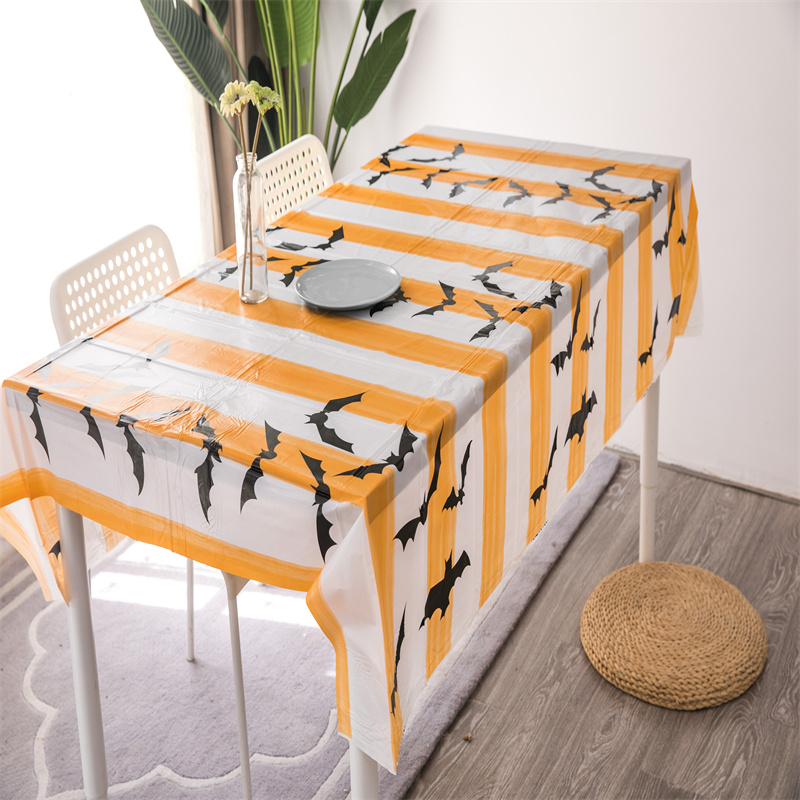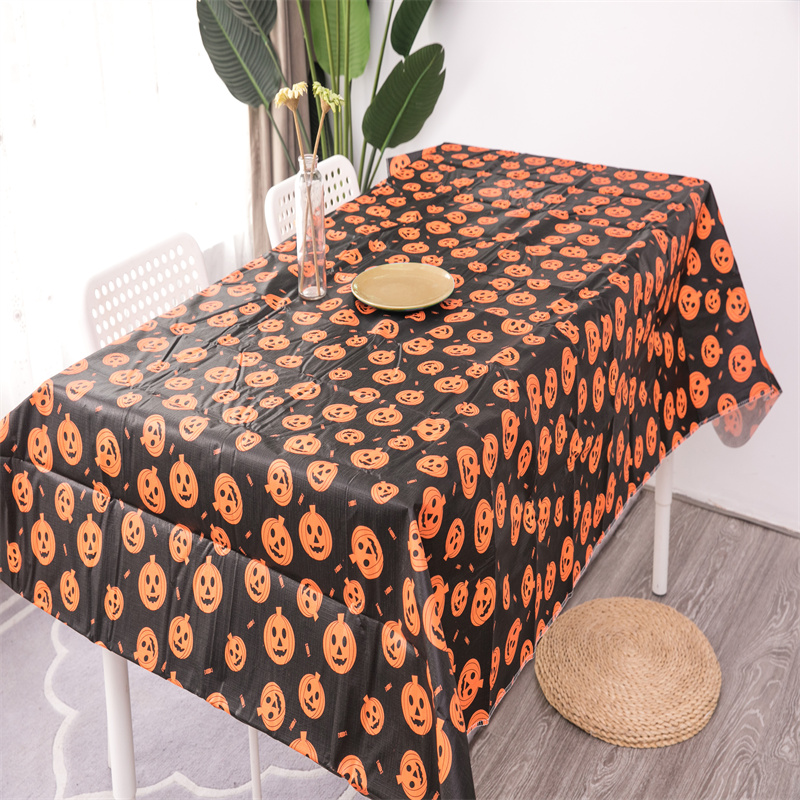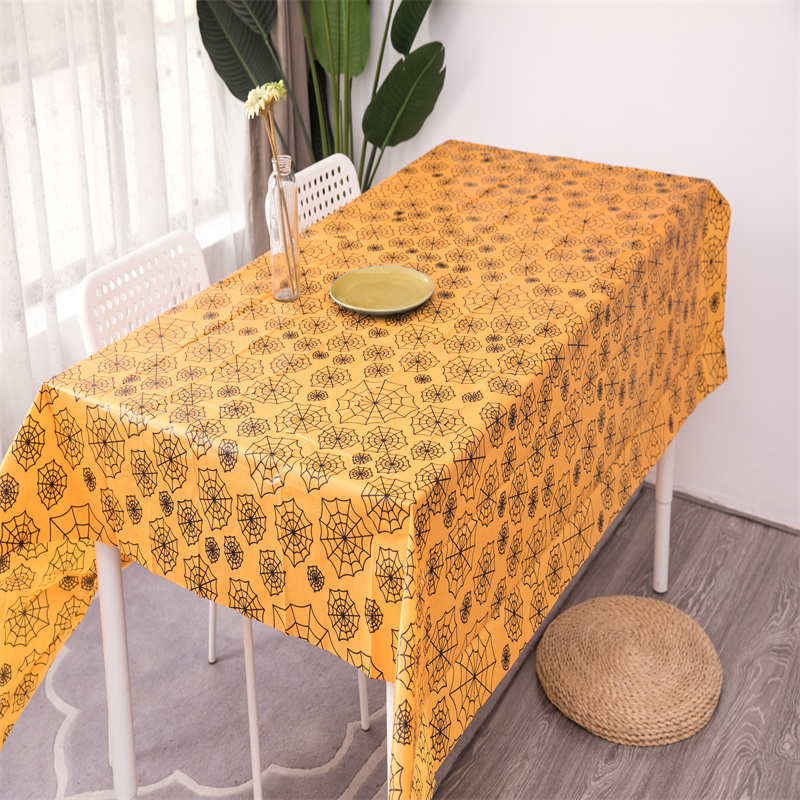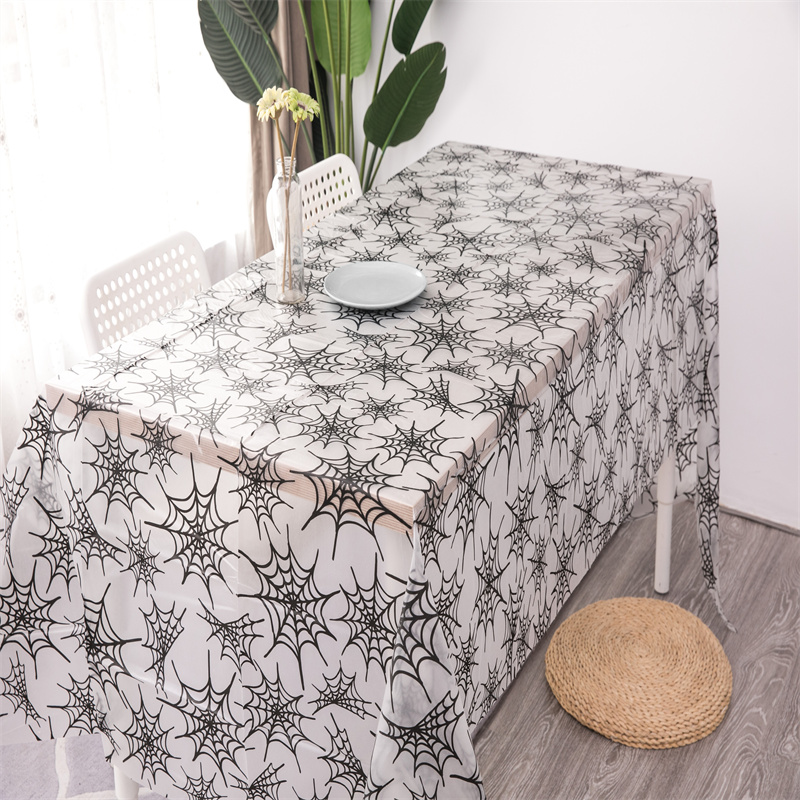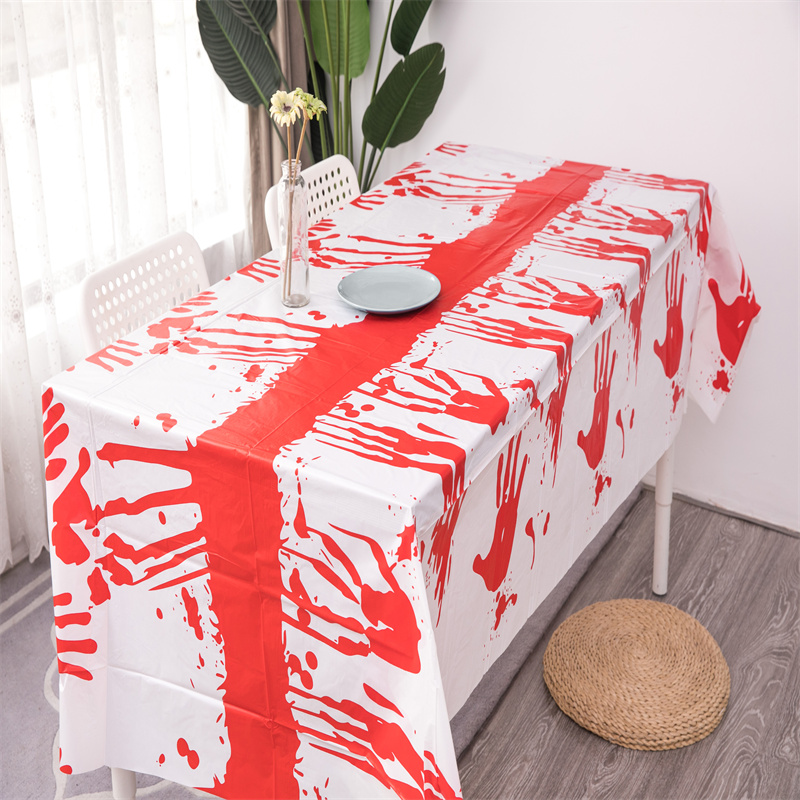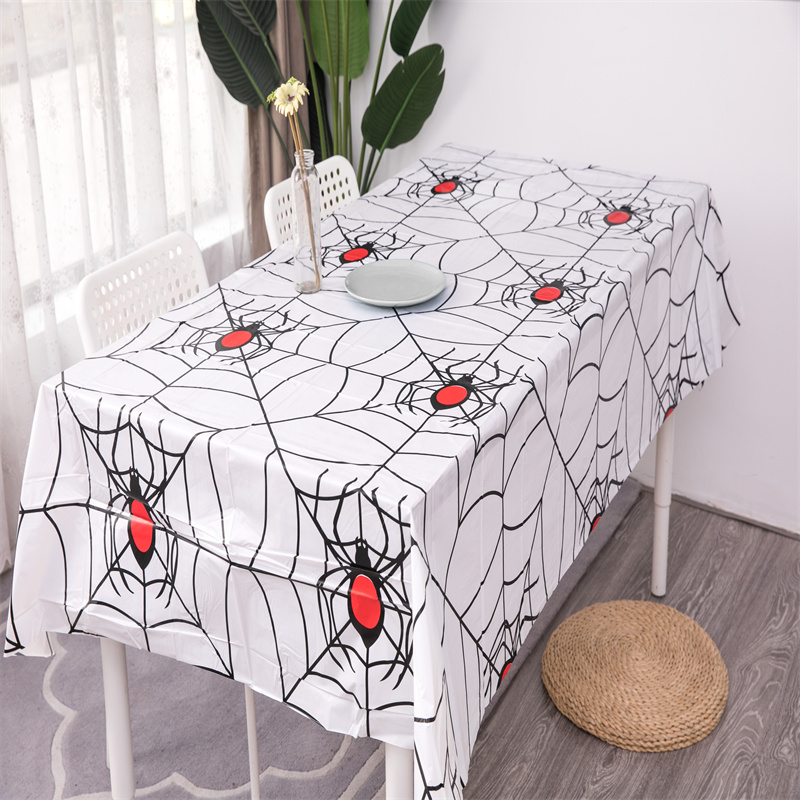In September, China's textile and apparel trade volume was 24.73 billion US dollars, down 15.2% year-on-year, of which exports were 22.76 billion US dollars, down 15.4%, and imports were 1.96 billion US dollars, down 12.1%. The trade surplus of the month was 20.8 billion US dollars, down 15.7%. From January to September, China's textile and apparel trade volume was US$218.11 billion, down 5.5% year-on-year, of which exports were US$20.86 billion, down 5%, imports were US$17.26 billion, down 11.5%, and the accumulated trade surplus was US$183.6 billion, down 4.3%. Overview The decline in exports this year has basically been confirmed in September, textile and apparel exports have reappeared sharply, down 15.4% year-on-year, and the export volume in the month has shrunk to 22.76 billion US dollars, down 18.5% from August. In the third quarter, the cumulative export was US$75.83 billion, down 8.6% year-on-year, and the decline was more than the first quarter and second quarter. From the positive growth in textile exports in August fell 20% in September go, where textile exports by Hangzhou, Zhejiang province G20 summit printing company limited production cut-off requirements impact the month textile exports fell nearly 40% exports hit lows for the year, to National textile exports were dragged by 12.4 percentage points. Meanwhile, other adverse factors, such as weak market demand, industrial transfer remains, also continued adverse impact on exports. In the first three quarters, the cumulative export volume fell by 5% year-on-year. If it wants to be the same as last year, the export volume in the fourth quarter should reach US$83.04 billion, which is an average monthly increase of 14.5% in the fourth quarter. Judging from the current situation, this possibility is very small, and the decline in exports this year has been basically confirmed. Imports continued to fall, with imports falling by 11.4% in the third quarter and 11.5% in the first three quarters. Exports of major trade methods declined. Market purchases continued to grow in September, and exports of major trade methods all declined, with a large decline. Exports of general trade and processing trade fell by 17.8% and 20.1%, respectively, both of which fell more than the average. Other trade methods dominated by market purchases increased by 33.3%. From January to September, general trade and processing trade decreased by 4.2% and 17% respectively year-on-year; market purchase trade increased by 29.4%, and the proportion rose further to 5.7%. Export Exports to the EU rapid decline in garment export unit price fell over 1 percent in September, exports to the EU suspended the monthly pick up momentum, exports that month only $ 3.91 billion, year on year, a decline of 13.4% and 33.7%, respectively, of which textiles and clothing year on year They fell by 16.2% and 12.7% respectively, and the decline was again amplified. In the key commodities, the total export volume of needle woven garments decreased by 1.9%, and the average export price per unit fell by 10.9%. From January to September, the cumulative export to the EU was 38.01 billion US dollars, down 5.5%, of which textiles increased by 2% and clothing decreased by 7.7%. The total export volume of needle woven garments increased by 1.1% in total, and the export unit price fell by 8%. Exports to the United States continue to decline and continue to rise. Hope that exports to the United States have experienced negative growth for six consecutive months. In September, exports were US$ 4.28 billion, down 8.3% year-on-year. Among them, the export volume of large-sized commodity needle-woven garments decreased by 0.4%, and the export unit price fell by 5.9%. The US market is currently in a downturn, but as the export volume of key commodities has not fallen sharply, it still maintains a certain level. Coupled with the continuous depreciation of the RMB against the US dollar, there is still a hope for a slow recovery in exports to the US. From January to September, the cumulative export to the US was US$34.14 billion, down 6.2% year-on-year, and the largest decline in key markets, exceeding the EU, ASEAN and Japan. Among them, textiles fell by 5.5% and clothing fell by 6.4%. The export volume of needle woven garments decreased by 2.7%, and the average unit price of exports fell by 2.5%. The decline in exports to ASEAN does not reduce the unit price of exports of major commodities. The decline in the ASEAN market remains unchanged. In September, exports to ASEAN were further reduced, only 2.34 billion U.S. dollars, down 25% and 18.8% respectively year-on-year, with textiles falling 21% and clothing falling to 33.2%. Among the large categories of goods, yarns and fabrics decreased by 11.7% and 24.3%, respectively, and the export volume of needle woven garments decreased by 17.9%. At the same time, export prices fell sharply, with yarns down 7.4%, fabrics down 7.8%, and needle woven garments down 20.4%. From January to September, China’s exports to ASEAN totaled US$24.48 billion, down 3.7% year-on-year, with textiles increasing by 2.8% and clothing falling by 17.7%. In particular, the export volume of needle-woven garments fell by 4.5%, and the average unit price of exports fell by 15%. Exports to the Philippines, which had experienced rapid growth in the previous period, fell, and fell in the month of September, down 4.1% year-on-year, with a cumulative increase of 48.5% in the previous September. The export performance of key commodities in the Japanese market has not been significantly reduced. The recent performance of the Japanese market has been relatively stable, and the export volume of key commodities has not shrunk significantly. Although its exports fell by 14% year-on-year in September, the export value of 2.18 billion US dollars was only lower than August, which was at a higher level during the year. From January to September, the cumulative export to Japan was 15.29 billion US dollars, down 5% year-on-year. Among them, textiles decreased by 1.9%, clothing decreased by 5.8%, and the total export volume of needle-woven garments decreased by 0.7%, and the average export price decreased by 4.9%. According to Japanese customs statistics, from January to August, China’s share of its import market has dropped to 61%, and its share of imports from ASEAN has risen to 23.2%. Textile exports fell briefly. The export prices of large categories of commodities fell in September. Textile and apparel exports all declined, and textiles declined more rapidly, with year-on-year declines of 20.4% and 12.6% respectively. Among them, fabrics fell by 29%, yarns by 20%, and finished products by 13%. The decline in textile exports was mainly affected by the G20 production stoppage, which was temporarily reduced and not long-term. It is expected to rebound in October. The total export volume of needle woven garments in garments decreased by 4.5% year-on-year. The unit price of large-scale merchandise exports generally fell: yarns, fabrics and needle woven garments fell 5.5%, 8.9% and 7.4% respectively. From January to September, the export price of textiles and garments decreased by 3% and 6.3%, respectively, of which the export price of yarn and needle woven garments fell by 13.3% and 6.2% respectively. Exports from Zhejiang and Fujian fell rapidly in Xinjiang. In September, the export volume of major provinces and cities all declined, especially in Zhejiang. The decline was as high as 28.7% year-on-year, ranking second in the national export. Followed by Fujian, down 28.5%. The decline in exports of other major provinces and cities is basically controlled within 10%. Xinjiang's exports grew rapidly, with an increase of 14.7% and 21% in August and September respectively. The main commodities driving growth were yarns, fabrics and woven garments. From January to September, among the top five exporting provinces and cities, only Shandong maintained a growth of 2.7%, and all the other four provinces declined. import Clothing imports slows commodity prices rose slightly in September the amount of textile imports fell 15.2% year on year, clothing fell 3.9%. Textile yarn decreased 22.1%, wherein the cotton yarn imports, import value decreased by 29.3% and 27.1%, respectively. The growth of apparel imports slowed down, and the total imports of knitted and woven garments increased by only 2.1%. The unit price of yarn imports rebounded slightly, up 2.3%, and the needle woven garments fell 6.5%, and the decline was also smaller than the previous period. From January to September, the cumulative import of textiles decreased by 15.7% year-on-year, and clothing increased by 1.3%. Yarns, fabrics and finished products in textiles fell by 22.6%, 12% and 5.1% respectively. The total import volume of needle woven garments in garments increased by 6.9%. Imports of cotton increased year-on-year. The spread of cotton between China and foreign countries expanded in September. Imports of cotton continued to fall. Imports of 60,000 tons in the month were down by 12.8%, but they increased by 19% year-on-year. Import unit prices also rebounded, up 3.2% year-on-year. . From January to September, the cumulative import was 656,000 tons, down 43.5% year-on-year, and the unit price of imports fell 2.1%. In September, the reserve cotton is still the main channel for textile cotton. Due to the slow listing of new cotton and the higher price of new cotton, cotton companies have increased their bidding for reserve cotton. The transaction price has continued to rise, and the spot market price has stopped falling. Pick up. China's cotton price index CCIndex3128B at the end of the month was 14,866 yuan / ton, up 640 yuan / ton from the end of last month, an increase of 4.5%. The average monthly transaction price was 14,258 yuan / ton, still down 416 yuan / ton, up 1196 yuan / ton. In September, the overall trend of cotton prices in the international market oscillated. In the first half of the month, the mid-exposure rebounded, and the middle oscillated rebounded. In the latter half of the year, the monthly average price showed a slight decline, and the price difference between domestic and foreign cotton expanded at the end of the month. China imported cotton price index at the end of FCIndexM September 30 was 78.4 cents / lb, compared with the end of August rose 1.08 cents, off the yuan to 13,231 yuan / ton at 1% tariff, lower than the same period of Chinese cotton price index 1635 yuan / ton, The price increased by 633 yuan compared with the same period last month. The average monthly price was 79.26 cents/lb, down 2.51 cents, or 3.1%.
Professional Halloween Tablecloth manufacturer is located in China, including Tablecloth For Halloween,Peva Tablecloth For Halloween,Party Halloween Pe Tablecloth, etc.Easy to use.
Material :PEVA
Halloween Tablecloth,Tablecloth For Halloween,Peva Tablecloth For Halloween,Party Halloween Pe Tablecloth Jiangyin Shangyou Plastic Co.,Ltd. , https://www.shangyouplastic.com
Specification:Customized size
Brand name: shangyou
Color:Halloween Pattern
Weight:28gsm ,37gsm or customized
Place of origin:Jiangsu China
Feature:
1. Waterproof, oilproof, heat resistant, wear resistant, non toxic, durable.
2. Hang down naturally, will not wrinkle, no fading
3. Can replace the cotton, fibre or lace tablecloths which are difficult to clean and expensive.
4. Hundreds of attractive designs for your selection.
Packing:pp bags or other
Applied range:Home,hotel,party and so on
Port of loading:Shanghai port ,Ningbo port
Payment terms:T/T ,L/C
Delivery time: 45days
MOQ:3000pcs
